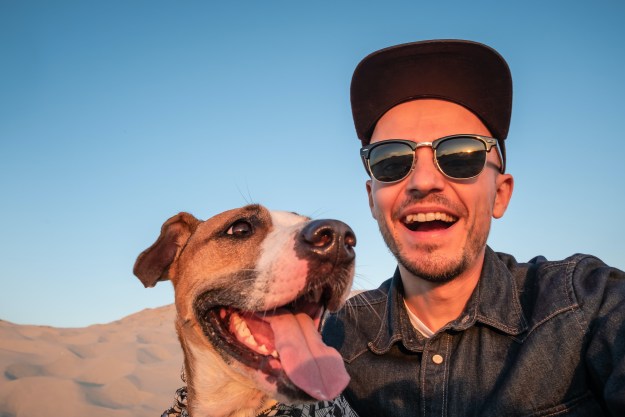We know dogs came to us from wild canines (likely wolves or jackals) and probably domesticated themselves rather than the other way around. In the process, different types of pups came about, possibly splitting into groups more than 5,000 years ago! To categorize all these beasties, the American Kennel Club (AKC) has a list of recognized breeds, each of which fits into one of the seven groups. We’ll walk you through the breed groups so you can determine where your pooch fits best.
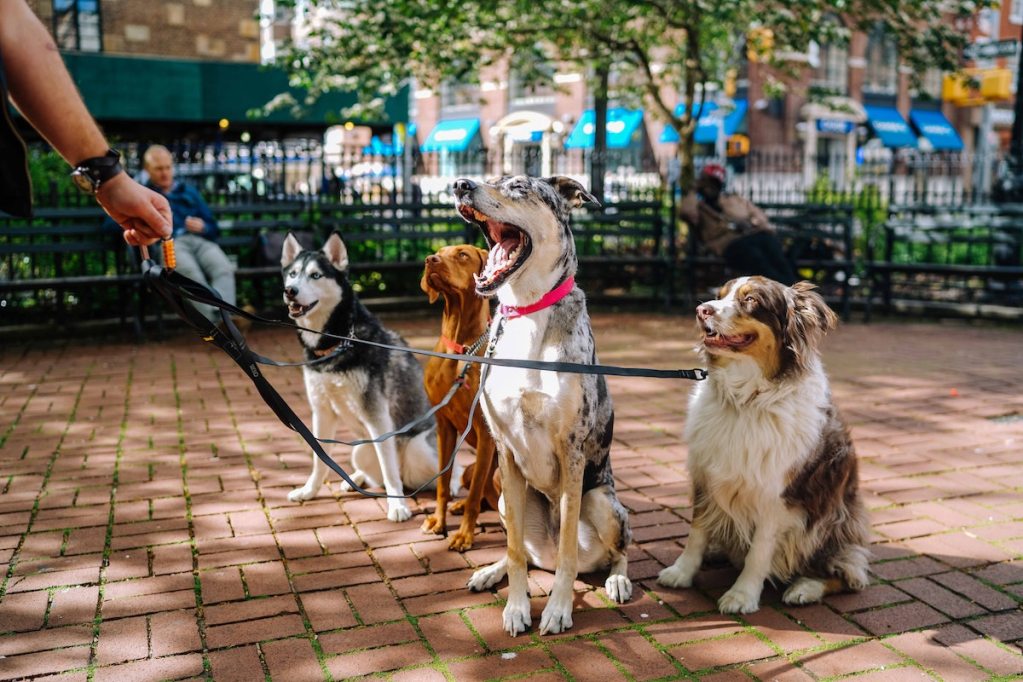
What are breed groups?
Like any other classification system, these categories came about to help determine where each animal goes due to specific characteristics. In this case, breeds are placed together based on the original job they were bred to do. That means if you went back in time to your dog’s ancestors, you would see them performing a job and being bred to do it well. Now, certain breeds continue to have similar dispositions as a result.
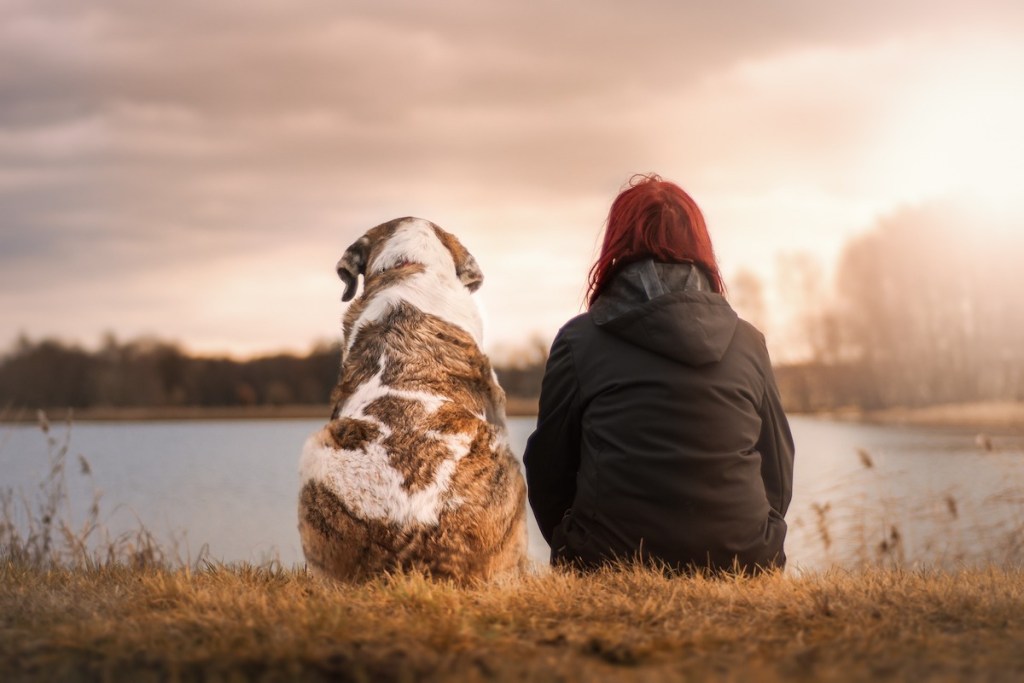
How many types of breeds are there?
There are seven major groups but 200 breeds. Remember, a dog must be purebred to fit into this classification — your pug-husky-Lab mix doesn’t count. An important note is that all these dogs are one species, Canis lupus familiaris, and they can interbreed with each other, but they also vary considerably. After all, look at the difference between the smallest dog, the Chihuahua, and one of the largest, the English Mastiff, which can weigh 230 pounds. That’s why the AKC has created this system to group breeds together that have common history, ancestry, or characteristics.
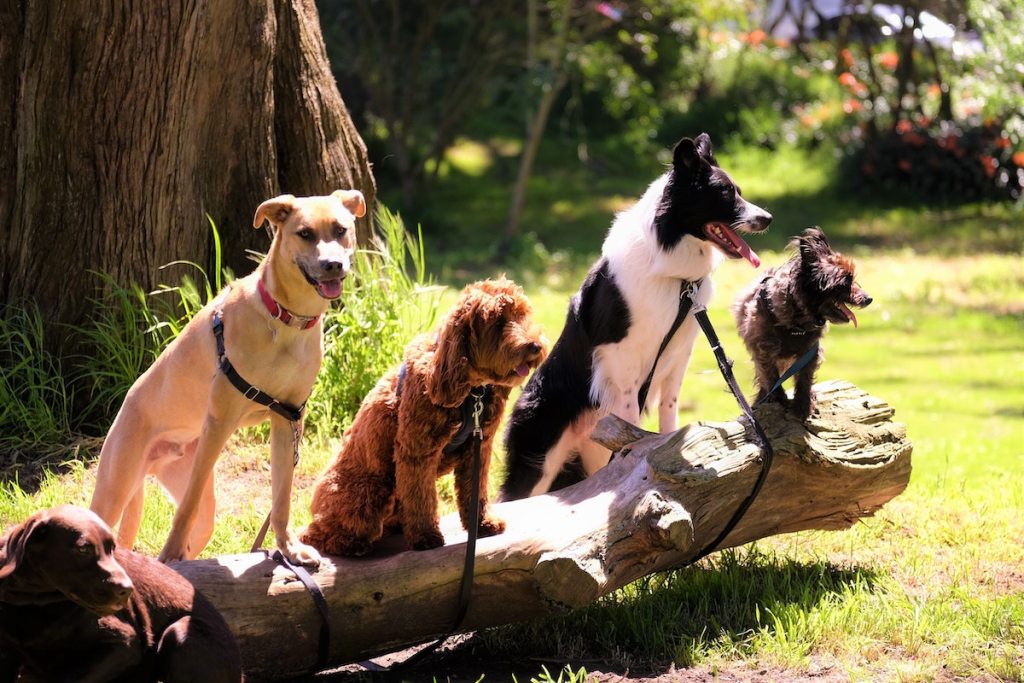
What are the 7 major groups of dog breeds and how do they differ?
Sporting Group
These hardworking beasts were bred to help hunters, especially by retrieving animals from the water. You probably didn’t realize that America’s favorite dog, the Labrador retriever, belongs to this group. In modern times, your sporting pup likely loves long walks and playing in the water (though many are still used for hunting, too). Only get one of these dogs if you have the space and energy to keep them occupied and well exercised.
Hound Group
The Hound Group works a bit differently since these dogs were trained to do the hunting themselves. You’ll recognize the speedy greyhound and squat dachshund from this set. You also find the bay dogs in this lot, meaning many make a loud sound to attract hunters and keep the game “at bay.” Today, this can be a noisy bunch, and you need to be ready to take on a dog capable of producing it.
Working Group
Perhaps the most self-explanatory, this pack consists of dogs that… work. They could pull a sled or guard a home, but they’re never off the clock. Some workers include the malamute, Great Dane, and Newfoundland. You’ll notice that most of these canines are big, and we mean really big, sometimes larger than the average human. Therefore, they should never live in apartments and they need adequate training to mix with families safely. But despite their large size, many workers become great companions.
Terrier Group
This is an easy one, though there might be a few breeds here that you don’t expect. Terriers get their own special classification and were designed to hunt rodents. Oddly enough, most pit bulls go with this crew if they’re an American Staffordshire terrier or bull terrier. This group is full of big personalities, and some terriers can’t live with other dogs. But after a bit of training, you’ll never find a more devoted companion.
Toy Group
Get ready for cuteness overload. Unlike the other breeds, most toy dogs weren’t meant to have a job, or more accurately, they have the most important one: taking care of you! Chihuahuas, shih tzus, and pugs fit into this category. While you can find small Fidos in any group, members of this class will particularly enjoy living in a city or apartment.
Herding Group
You may be surprised to learn that this is the most recent group that has only been around for about 40 years. All the dogs in this selection herd something, maybe sheep or cattle or even you. Corgis and German shepherds go here along with more traditional collies. Since they’re accustomed to long days out in the field with the livestock, your herder will need a ton of exercise. Only commit to one of these puppers if you can go on long daily walks and include playtime.
Non-Sporting Group
The last one is a bit of a non-specific, catch-all group that features Dalmatians and poodles. While you’ll find a wide variety here, they were all bred to do something; it’s just not necessarily a task that fits nicely into the other categories. Popular pups like bulldogs and Shiba Inus along with other more rare types, such as the unique Xolo (Mexican hairless dog), all belong here.
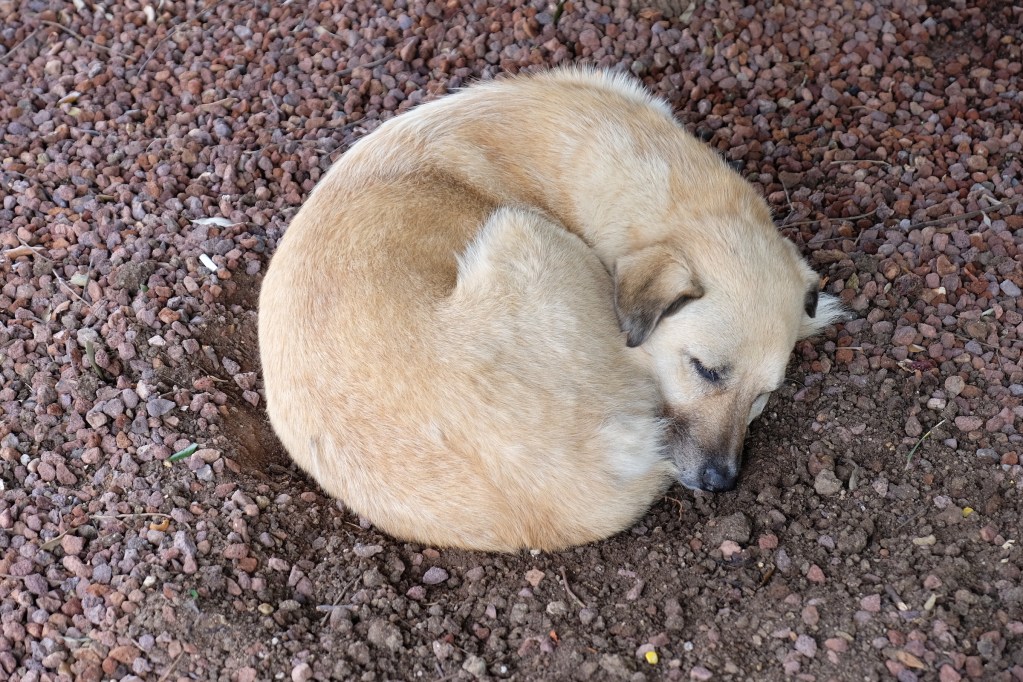
On top of this list, the AKC tracks other non-recognized dogs as part of its Foundation Stock Service breeds and its Miscellaneous Class. Additionally, it now welcomes mutts in the AKC Canine Partners Program that lets all buddies compete in activities. So where does your pet fit in? If you don’t know their breed background, consider doing a genetic test or asking an expert (like your vet) to start. Then you can look at the various groups their parents or grandparents were a part of and see if any of it jumps out at you.
Editors' Recommendations
- Are ‘dog years’ really 7 human years? How to calculate your dog’s age
- Is your dog barking nonstop? Here’s how to get your noisy pup under control
- Where to put a dog crate in your house depends on these important factors
- What fish can live with bettas? These are your best bets for fish buddies
- Is your puppy breathing fast while sleeping? Here’s when you should worry and how to help your dog






